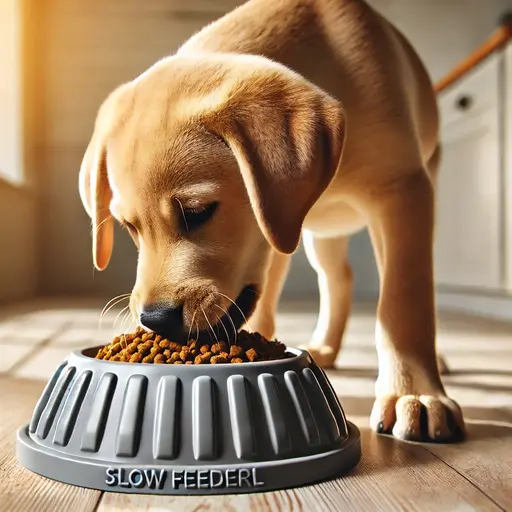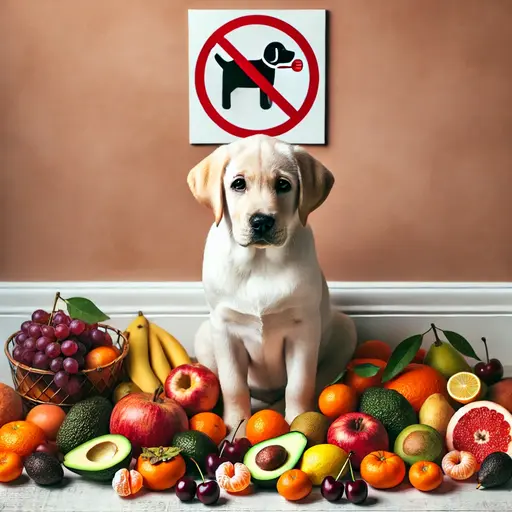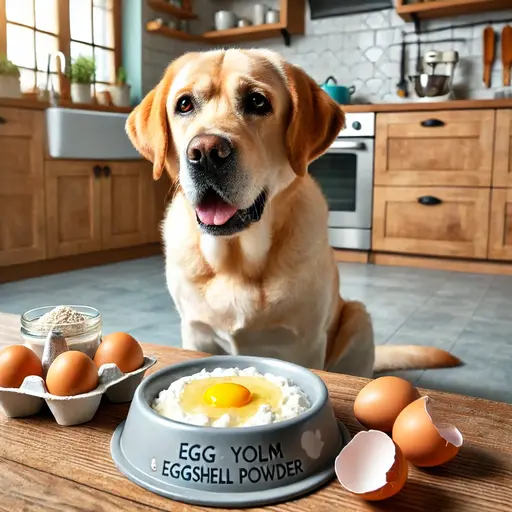
Labrador Retrievers Eating Too Fast Leading to Vomiting? Slow Feeder Bowls Can Help You Solve It Easily!
While Labrador Retrievers are beloved for their friendly personalities and energetic nature, many pet owners may notice that their Labradors gulp down their food voraciously, even to the point of vomiting shortly after eating. This not only causes concern but can also affect the dog’s health. So, why do Labradors eat so quickly, and how can we address this issue?

Why Do Labradors Eat Too Quickly?
Labradors are naturally voracious eaters, a trait characteristic of their breed. As descendants of working and hunting dogs, they are accustomed to consuming large amounts of food in a short period. Additionally, a sense of competition, especially in multi-dog households, may prompt them to eat faster.








